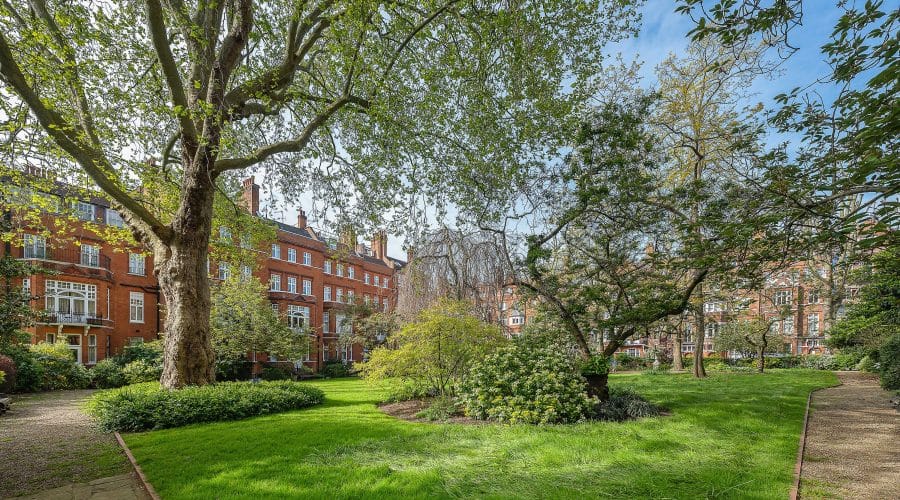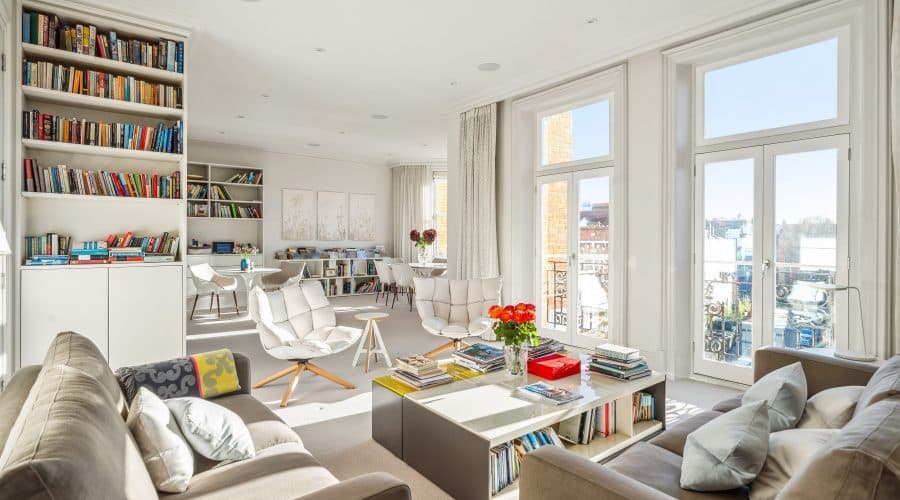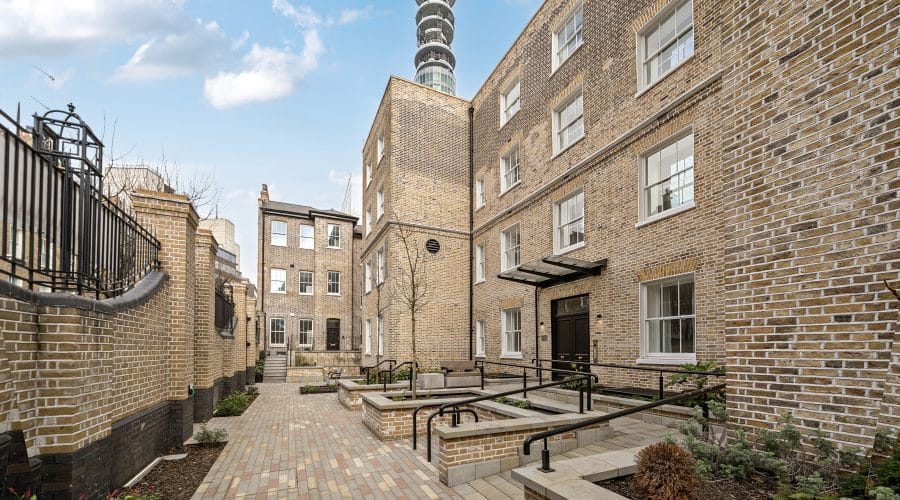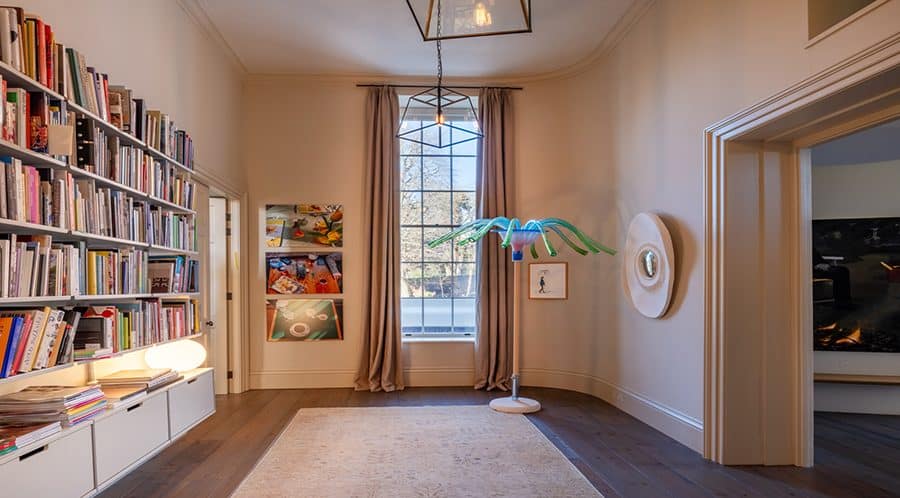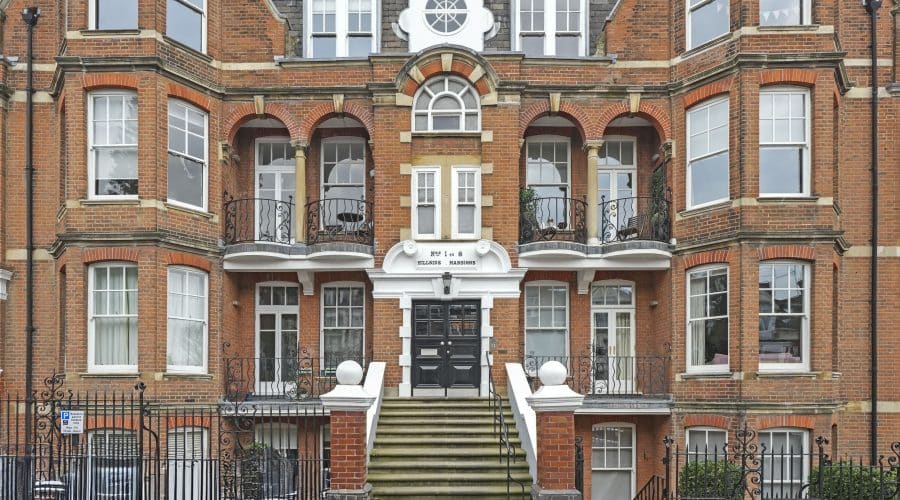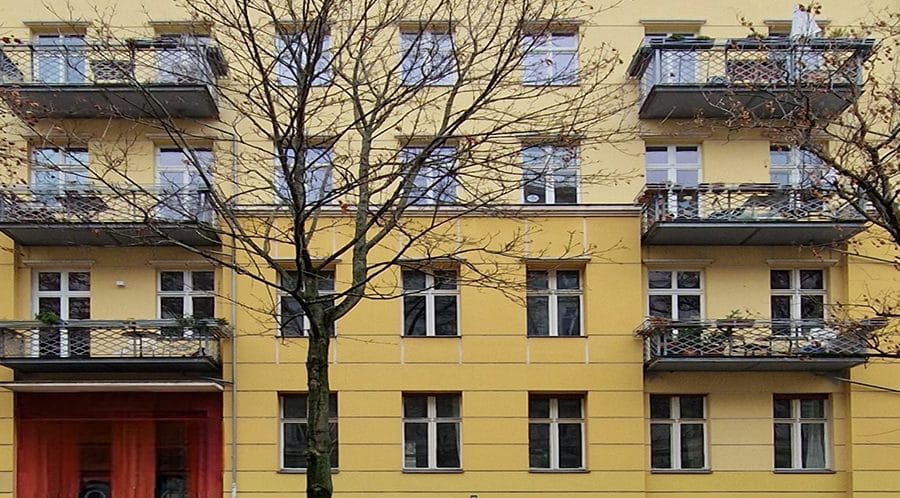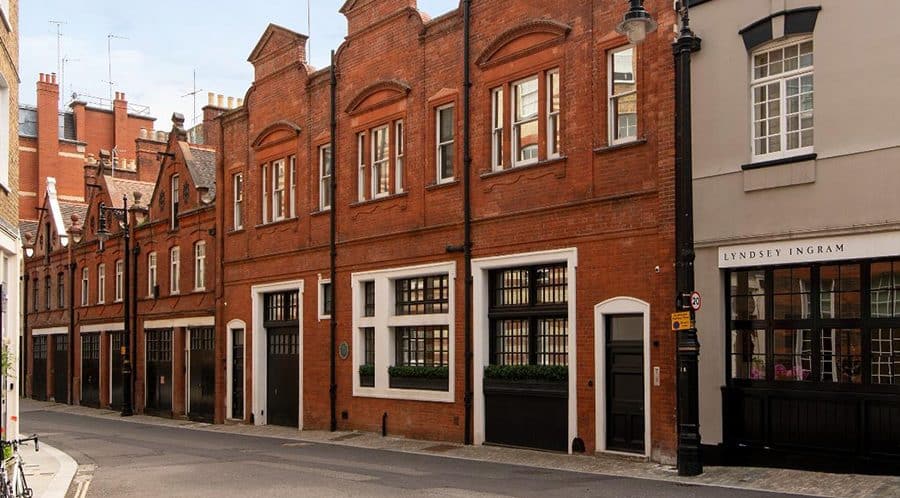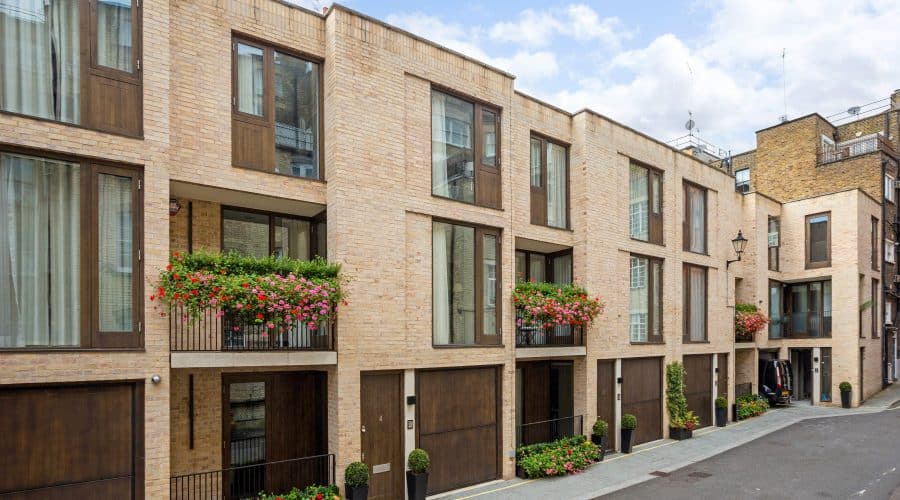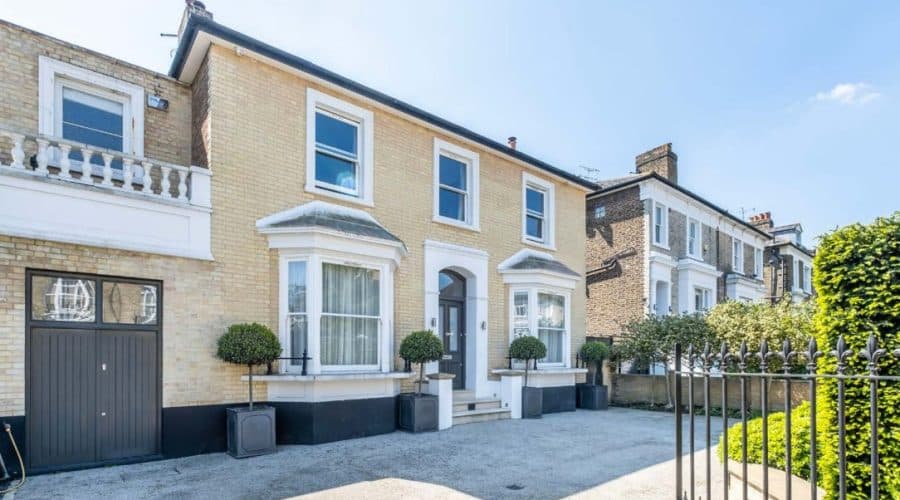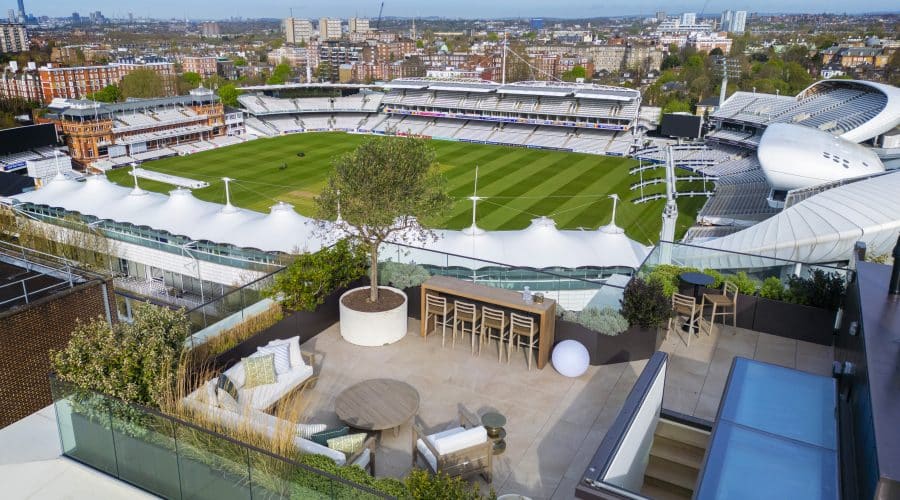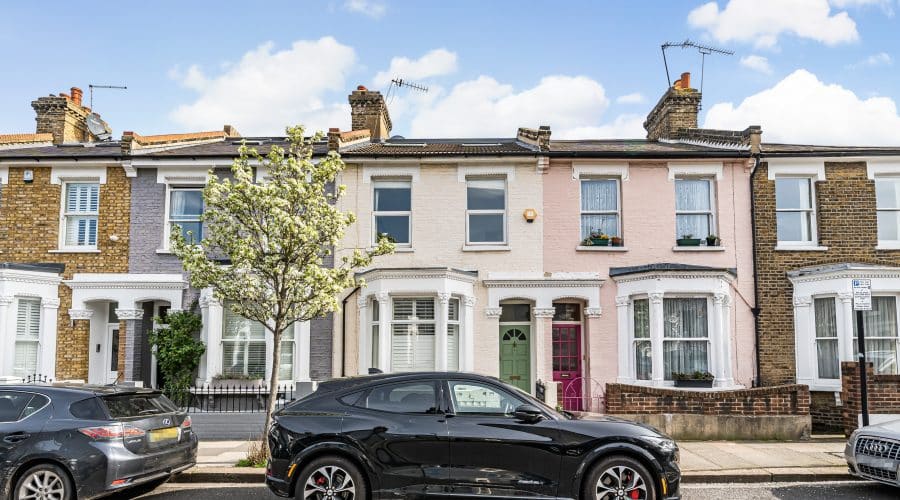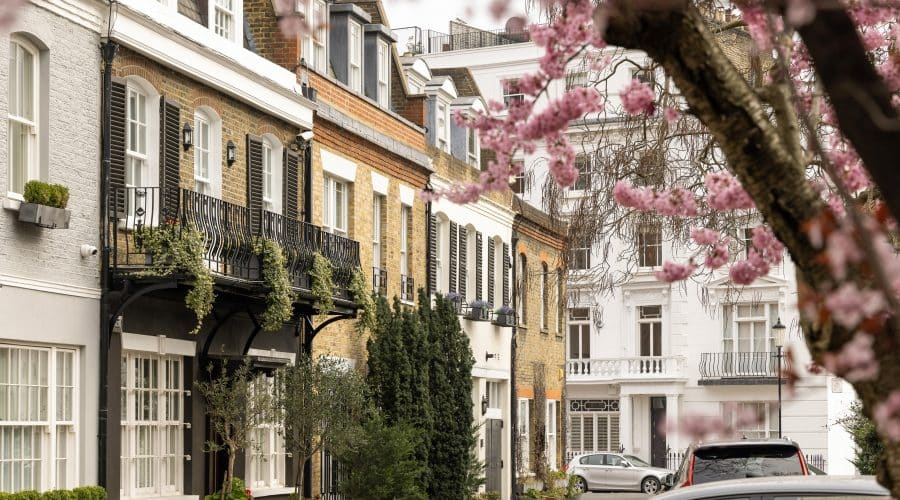Despite talk of a cooling market, the curtain is far from closing on London’s high-end property market. Sales of £5 million-plus homes jumped 25% in late 20241, proving that serious buyers are still firmly in the market. But beyond these eye-catching deals, something more subtle is unfolding.
“A combination of political uncertainty and the additional stamp duty surcharge for second homes and changes in non-doms taxation announced in the Budget has meant that it has not been plain sailing for prime London buyers and sellers this year,” says Nick Maud, Director of Research at Savills. “But the bounce in activity towards the end of the year is a testament to the resilience of this market, and the strength of appetite from domestic buyers.”
On the ground, however, the market does feel different. “I don’t think I’ve ever seen a market quite like it – there’s no shortage of homes to buy,” says Camilla Dell, Founder of buying agency Black Brick.
Jo Eccles, Founder of buying agents Eccord, agrees: “It’s firmly a buyer’s market. Typically, we’re now able to show clients twice as many properties as usual – a striking shift, especially given their sometimes-exacting requirements and high price points. A significant number of these homes belong to sellers rethinking their future in the UK ahead of the new non-domiciled tax rules.”
Shifting dynamics in central London
But it’s not just tax changes driving sellers to the market. Many who had been holding off for years – due to factors like Brexit, the mini-Budget, interest rates, and the general election – are now increasingly ready to sell, having grown weary of waiting for more appealing market conditions.
“For sellers who price realistically, it’s reassuring to know that there are buyers ready to act,” says Stephen Moroukian, Head of Product and Proposition for Real Estate Financing at Barclays Private Bank. “Equally, the current market presents chances for buyers to find high-quality properties at favourable prices.
“Alongside this, changes to the ‘non-dom’ rules are leading many high-net-worth individuals to reassess their long-term plans. Whether you plan to remain in London, rent your property out, or relocate entirely to somewhere like Switzerland, the French Riviera or the Channel Islands, understanding the financial and legal implications of these choices will be key to making informed decisions.”
Given the market conditions and general uncertainty, it’s no surprise that prices have fallen slightly in recent months – particularly in prime Central London, home to some of the capital’s most prestigious neighbourhoods, such as Mayfair, Knightsbridge and Belgravia, all renowned for their luxury housing and global appeal.
“Prime central London saw a slight softening in prices in the fourth quarter, and we expect a further 4% drop in 20252,” says Lucian Cook, Director of Residential Research at Savills. “That said, with prices 20% below their 2014 peak, the area still offers strong value. We project a 9.6% increase3 in prices over the next five years as the market finds its footing in a changing fiscal and regulatory landscape.”
Cook adds: “One of the main reasons we don’t expect further significant price drops is the inflation-adjusted discount, which makes the current value even more compelling. Additionally, the relative strength of the dollar and the weakness of sterling continue to support demand. Moreover, few markets offer the same level of appeal and accessibility as London.”
Stuart Bailey, Head of Super Prime Sales in London at Knight Frank, comments: “Value is the key theme across prime markets right now. Whilst volumes are holding up – or even increasing – in both the prime and super-prime sectors, what has come down is the value of the properties we’re selling.
“So, we’re seeing a focus in the prime market (£5 million-£10 million) on the lower end – £5 million-£7 million – rather than the higher £7 million-£10 million range. In the super-prime (£10 million-plus), there’s also a shift towards properties in the lower ranges, between £10 million-£20 million. Buyers in the higher levels of each price bracket are slightly more hesitant, but deals are still happening – it’s just that we’re seeing some buyers there negotiating prices down.”
London: A city like no other
What makes London so remarkable is that few global cities can match its blend of heritage, culture and modern luxury. The city boasts some of the world’s finest museums and theatres, elite private schools, and a dynamic food scene, with 85 Michelin-starred restaurants catering to every palate4.
London’s reputation for safety, well-regulated property laws and political stability further enhance its long-lasting appeal. Its global connectivity – via the Eurostar and five major airports – ensures it remains a prime destination for international buyers.
“While there’s talk of people wanting to leave, some who have actually relocated are struggling to settle and are finding they miss all that London has to offer,” says Dell at Black Brick. “The reality is there’s no perfect alternative. And despite challenges like the introduction of VAT [value added tax at 20%] on school fees, the UK’s education system remains one of the best in the world and a key draw for families.”
Another example of London’s enduring appeal, despite a market in flux, is the recent sale of The Holme in Regent’s Park, one of the city’s most prestigious properties – and once described as “possibly the world’s most expensive home”5. Situated in the heart of central London, this 29,000-square-foot, multi-million-pound estate is testament to the ongoing demand for the rarest and most luxurious homes. And although the market has softened, properties like The Holme continue to attract buyers who value exclusivity, size and historical significance.
All of these factors – and more – continue to attract buyers, particularly international ones, to London.
“Demand from American buyers especially has been building steadily over the past 12 to 24 months, and they now make up nearly 30% of our clients,” says Eccles at Eccord. “Currency discounts, along with the appeal of the UK lifestyle and education system, remain strong drivers. One of our super-prime American clients told us he had considered his options globally but concluded, ‘There’s only one London’, and is now buying a £20 million house here.”
A two-tier market emerges
Beyond The Holme’s near record-breaking sale6, the high-end property market is evolving, with a clear two-tier split emerging in how the market operates. Eccles of Eccord notes that homes under £15 million are becoming more price-sensitive, with buyers increasingly favouring move-in ready homes. “Anything overpriced is seeing little traction,” says Eccles.
Above £15 million, however, and off-market deals are becoming much more common. “There’s often a shroud of secrecy in many of these deals, too,” she adds. “We’re also seeing a growing divide between turnkey properties and those needing work. Buyers at all price points are willing to pay a premium for the convenience of move-in-ready homes.
“Meanwhile, properties requiring renovations – which make up the majority – are highly price sensitive. In the super-prime market (£20 million and above), there’s also an increasing supply of turnkey properties, as sellers leaving the UK are listing beautifully refurbished homes they hadn’t originally intended to sell.”
Black Brick’s Dell agrees, highlighting the growing challenge of accessing all available properties – especially for those relying solely on online searches. “London’s prime property market is flooded with off-market listings, particularly for homes over £5 million,” she says. “With properties circulating through private groups and networks, buyers are often only seeing a fraction of what’s available online – around 50%, and that can rise to 80% for properties over £10 million. Navigating this complex, invisible market is increasingly driving buyers to work with buying agents.”
Demand for family homes remains strong
Just below the highest property brackets – in outer prime areas like Fulham, Wandsworth, Hampstead, Highgate and Dulwich – demand for family homes remains strong, driven largely by domestic needs-based buyers. Well-priced properties are selling quickly, although buyers still have the upper hand here too.
“These outer-prime London markets have held their value, even showing modest growth7,” notes Cook at Savills. “Beyond the capital, too, prime country markets are stabilising, with annual price falls slowing. However, coastal second-home hotspots remain more price-sensitive, reflecting broader economic pressures.”
Moroukian at Barclays adds: “We’re seeing ongoing demand in the domestic family home market. Although the market is competitive, these areas remain resilient, with families looking for stable, long-term homes – which is driving ongoing activity.”
Rental market shifts
Rental trends are also shifting. While some landlords are exiting the market due to lower returns, there are more ‘accidental landlords’ emerging, with those unable to secure their asking prices choosing to rent out their properties instead.
Then there is the new Foreign Income and Gains (FIG) regime, effective from April 2025, which replaces the old ‘non-dom’ regime and allows non-domiciled individuals to reside in the UK for up to four years without paying UK tax on foreign income and gains.
“We expect to see more people entering this regime and opting to rent rather than buy, given the time frames – even now, we’re seeing rental activity on the rise,” says Dell at Black Brick.
For those renting high-value properties, understanding the tenancy agreement and its implications is critical. “If you move into a rental property in England with a yearly rent of £100,000 or more, you will be entering into what is known as a common law tenancy,” explains Camilla Tunnicliffe, Knowledge Lawyer at Farrer & Co.
“Unlike tenants of an assured tenancy [which applies to annual rents under £100,000], common law tenants will not benefit from a range of statutory rights and protections intended to safeguard those living in rented accommodation, including those due to be introduced under the Renters’ Rights Bill. Given this lack of statutory protection and the high value of the property, we would always recommend seeking legal advice before entering into a common law tenancy.”
London: A prime destination for property buyers
Yet, despite some of the challenges mentioned above, London’s appeal remains strong. As a global powerhouse, it continues to offer long-term value and exclusivity that few cities can match.
“London will always be a prime destination for property buyers,” says Moroukian at Barclays. “Its ability to weather market shifts ensures it remains a prime location for property investors.”
